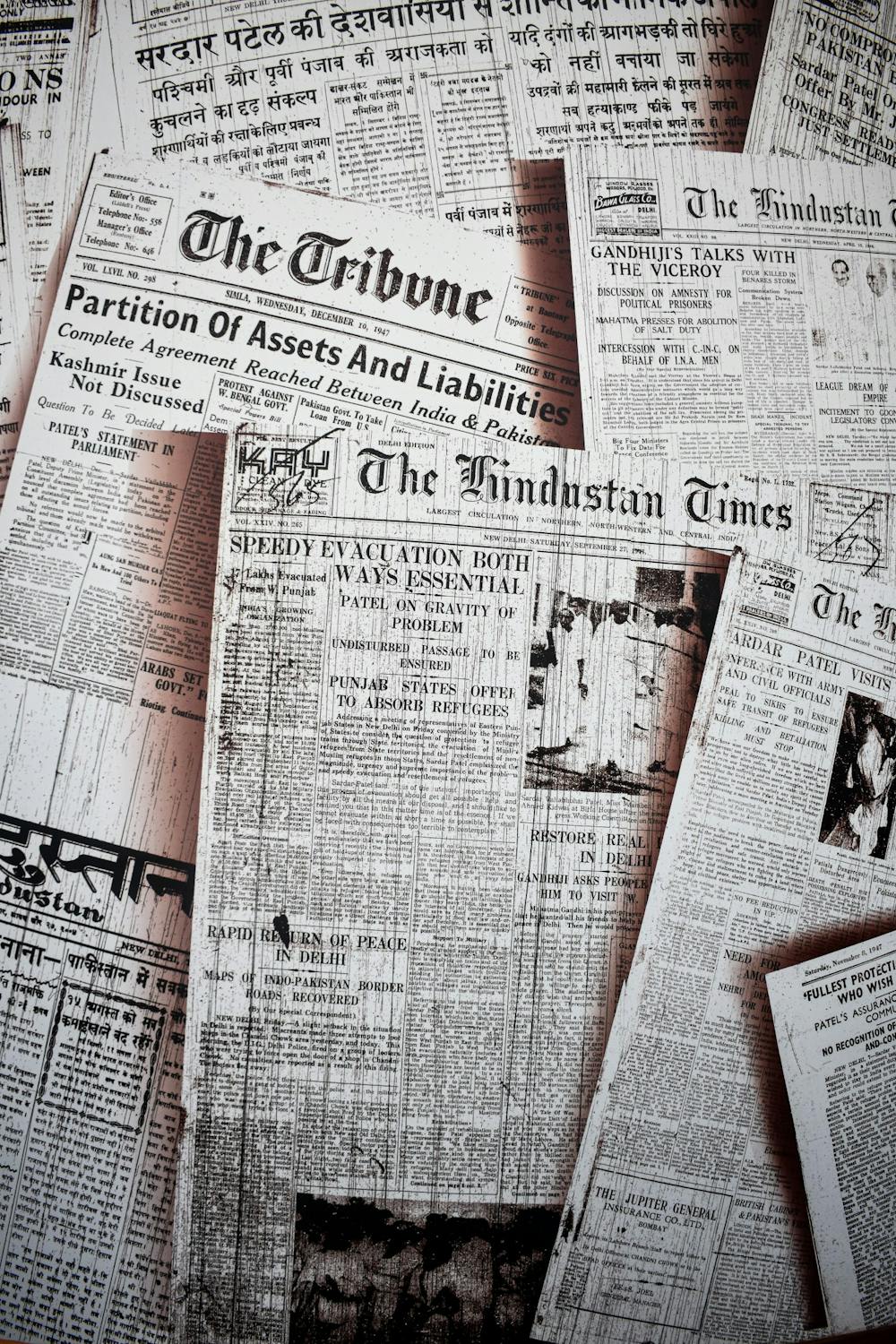On Sept. 17, 1787 — 234 years ago today — the Constitution was created. However, that was just the beginning for what has since become the document that has allowed student journalists like us to have the voices we have now.
The Constitution was ratified June 21, 1788, when New Hampshire became the ninth state to accept it as the official framework of the United States. In the beginning, the purpose of the constitutional convention was for delegates from each of the 13 states to amend the Articles of Confederation, but as the convention went on, an entirely new form of government was created.
However, the Constitution was missing the Bill of Rights — the first 10 amendments that guarantee civil liberties and checks on the government’s powers. Among those was the First Amendment, which ensures five freedoms including the freedom of speech and the freedom of the press.
Without the First Amendment, all forms of media would not be able to publish their work to the extent they can now, and the people would get information directly from the government. The freedom of the press is crucial in a democracy where the government is accountable to the people.
The Constitution is a living document — it is ever-changing and ever-evolving. But at the heart of the Constitution is the responsibility that’s implied between citizenry and the government. Student journalists are where that connection first starts, and they are the branch keeping that partnership together.
Without student journalists, we would not have journalists. Without journalists, we would not have a formal and reliable connection between citizens and government.
Multiple landmark cases heard by the U.S. Supreme Court over the centuries since our country was founded have redefined what freedom of the press and that connection between people and government means.
The Court ruled in the 1971 case New York Times Co. v. United States that the U.S. government could not justify prior restraint — prohibiting a newspaper from publishing certain material before the public is given a chance to see it — unless the publishing “inevitably, directly and immediately cause[s] the occurrence of an event” that jeopardizes the safety of American security forces, according to the majority opinion from former Justice William J. Brennan. This case set an important precedent for allowing newspapers to disseminate information that may hurt the reputation of government officials, making it possible for journalists to be watchdogs of authority and complete their job as communicators for the general public.
This case was a huge win for First Amendment rights advocates, but, unfortunately, the same rights don’t apply to school newspapers. A 1988 Supreme Court case, Hazelwood School District v. Kuhlmeier, saw a majority opinion from former Justice Byron White that declared high school principals had the right to censor student newspapers before publication if distributing those publications under school sponsorship would be “"inconsistent with 'the shared values of a civilized social order.'"
Even more unfortunate, the 7th Circuit Court of Appeals, a federal district court, ruled in 2005 that colleges could exercise prior restraint in situations where student papers received funding from their universities. In this case, students at Governors State University refused to comply with an administrator’s demand that a university administrator approve all issues of the Innovator newspaper before they were printed.
Many First Amendment rights defenders, including the Student Press Law Center, said university students should not be held to the same restrictions to which high school students can be held. After this ruling, many states started to pass New Voices legislation — a movement led by students — to help designate student papers as public forums with the same or similar rights as professional and independent newspapers.
Without the First Amendment, all of those court cases would’ve fallen on deaf ears — silenced by the power and authority of higher corporations, organizations and personalities.
The words we write would be pointless because what we do wouldn’t matter without the direct acknowledgement of our craft in the Bill of Rights.
Because the Founding Fathers recognized what we do, they paved the way for journalists to give readers the facts that allow them to make sense of the world around them. Better yet, the key allowance of freedom of the press gave student journalists — like us editors at The Daily News — the opportunity to do what other journalists do: be part of a craft interconnected to the origins of the United States.
With that honor comes great responsibility for journalists, because the First Amendment of the Constitution isn’t just for people who write words all day long and interview strangers. It’s about all of us — journalists write so people see themselves through the words on the pages. The First Amendment is a signifier that even the underdogs get a vote, get a say and get to be counted.
We are students, and we are learning. We could not learn and make mistakes to learn from without the freedom of the press. The Constitution is a fluid, ever-changing document, but as student journalists, we are fluid and ever-changing, too.
The quality of our work continues to adapt as we move forward and continue to educate ourselves on the importance of what we do, and we can only move forward because of the freedom we hold.
While we may not always get it right in the end, we go into everything with the intent to do right by our audience and use our press freedoms to uphold the rights and responsibilities we have as student journalists — to provide an outlet where everyone can be heard.
Your voice is our voice, and our voice is free.





